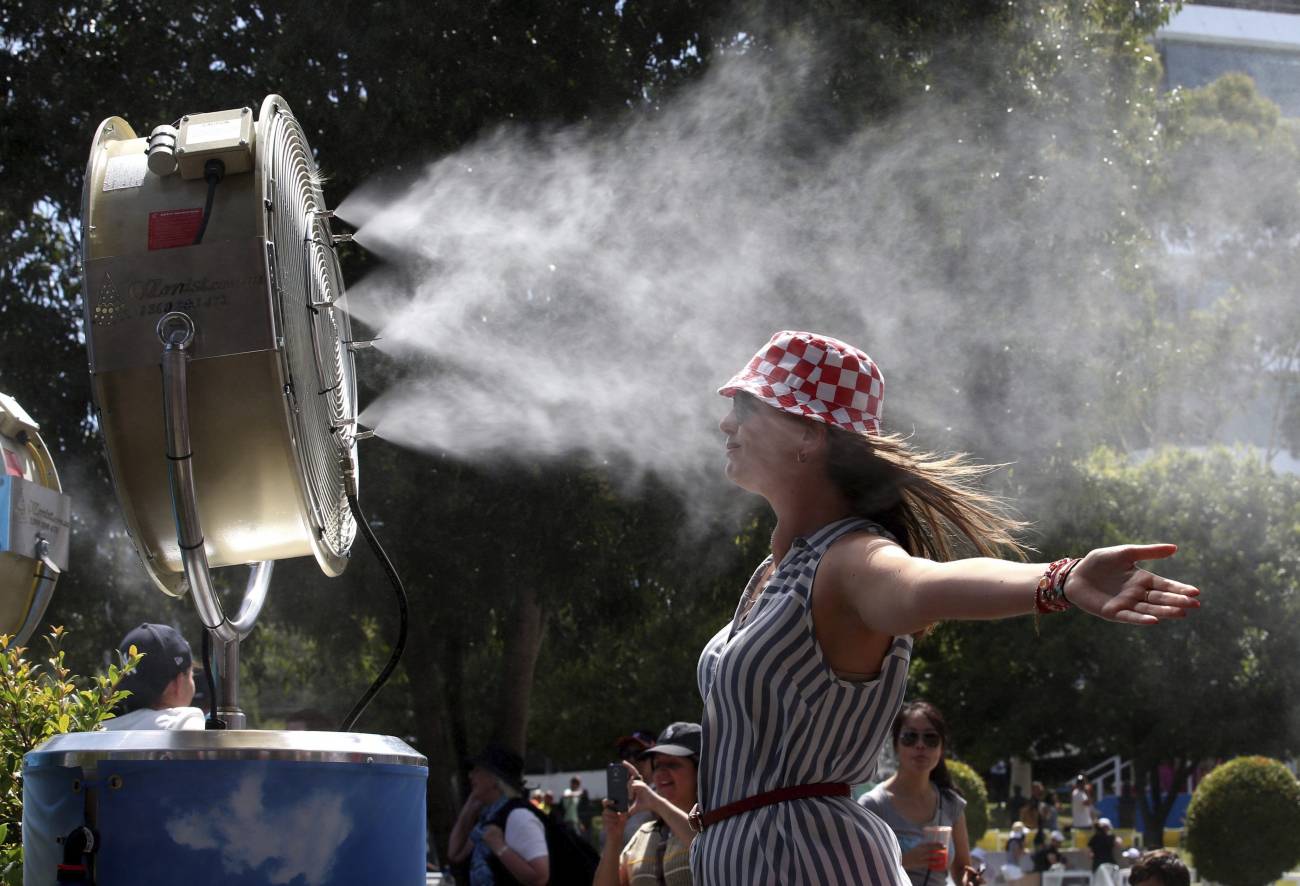What is this plan?
Since 2004, the National Plan of Preventive Actions against the Effects of Extreme Temperatures on Health has been activated every summer. Its goal is to reduce the impact of high temperatures on the population's health. Since 2024, due to the rise in temperatures caused by climate change, the strategy begins on May 16 and ends on September 30. The plan allows activation outside this period, with monitoring during the last fifteen days prior (1 to 15 May) and fifteen days after (1 to 15 October).
Since 2024 a new territorial level will be included for extreme heat alerts. Instead of using the 52 provincial thresholds—corresponding to the 50 provinces along with Ceuta and Melilla—182 meteosalud zones are used.
Why are so many different thresholds needed? Can't we all withstand the heat equally?
The thresholds for activating alerts range from 23.9 ºC on the Asturian coast to 40.4 ºC in the Cordoban countryside. But, isn't the same temperature the same everywhere? Don't all human beings withstand heat equally?
Julio Díaz, co-director of the Health and Climate Change Observatory and researcher at the Carlos III Health Institute, explains to the Science Media Centre that many factors are responsible for these differences in thresholds. "First of all, as living beings, we are accustomed to living in a biological niche that corresponds to the temperatures we are used to." In other words, "it's not the same for a person from inland Lugo who is used to summers of 32 ºC as it is for someone from the coast who has summers of 26 ºC."
Differences in acclimatization are not the only factors. Vulnerability to heat and associated mortality depend on factors that are not always modifiable. These include the population pyramid—the elderly over 65 are more vulnerable—, gender—women are more affected—, income level—poorer areas suffer a greater impact—, the quality of housing—depending on whether investments have been made in renovating homes—and even socio-health characteristics, such as the number of health professionals in rural areas.
"There are many factors that cause variation: we calculate the temperatures at which mortality increases and found that in 54% of places it is below the meteorological heat wave definition" followed by the State Meteorological Agency (Aemet), says Díaz.
Why is this change necessary?
The temperatures at which mortality begins to increase are different in each place, and the new plan aims to be more precise: "If I activate the alert at the 95th percentile [when temperatures exceed 95% of their daily maximum temperature series], and the health impact has occurred earlier in 54% of the sites, then I am not activating a prevention plan that should be activated," says Díaz. As a result, "deaths are not being prevented."
The new plan follows the recommendations of the World Health Organization, which states that these strategies should be based on relationships between temperature and mortality, rather than fixed meteorological percentiles.
Does this mean there will be more alerts?
Díaz explains that prior analyses conducted by the Ministry of Health showed that in 2022, had the new system based on isoclimatic regions—areas with similar climatic conditions—been used, alerts would only have increased by 5% overall.
"One of the advantages of this plan is that you can issue an alert in one isoclimatic region and not in another within the same province," clarifies Díaz. "This is positive because it mobilizes resources only in the areas where there will be an alert, not in the entire province."
In any case, Díaz reminds us that "the goal is to reduce mortality and save lives, not to issue fewer alerts, but to issue the necessary alerts when needed, neither before nor after."
So, are there two types of alerts?
It's important to understand that a health heat wave is not always the same as a meteorological heat wave.
Aemet reports on meteorological heat waves, which are defined as "an episode of at least three consecutive days, during which at least 10% of the considered stations record maximums above the 95th percentile of their daily maximum temperature series for the months of July and August of the period 1971-2000."
Health heat waves, determined by the Ministry of Health from epidemiological studies, are defined as the daily maximum temperature at which daily mortality increases significantly over a period of three days.
The temperature thresholds of both definitions may coincide, but not always. To avoid confusion, the new plan uses the meteoalert zone employed by Aemet as the territorial level for health alerts (meteosalud zones).
Which alert should I pay attention to?
Díaz believes that for citizens concerned about their health, it is enough to pay attention to meteosalud alerts. However, Aemet warnings may be of interest to others: for example, farmers who need to know if a specific temperature will be exceeded.
What should I do to protect myself from the heat?
The Ministry of Health has a ten-point guide with general advice recommending light meals, avoiding caffeine, alcohol, and sugary drinks, and drinking frequently, even if you don't feel thirsty. It also advises reducing outdoor physical activity during the hottest part of the day and paying attention to babies, pregnant women, and the elderly.
Additionally, the plan includes four alert levels (from 0 to 3, ranging from no risk to high risk) associated with different actions by health authorities and autonomous communities, from coordinating measures to informing the public about the state of the situation.
How can I find out about all this?
The websites of the Ministry of Health and the State Meteorological Agency contain information about the situation at all times. You can also follow their social media profiles on Facebook and X to receive updated information.

